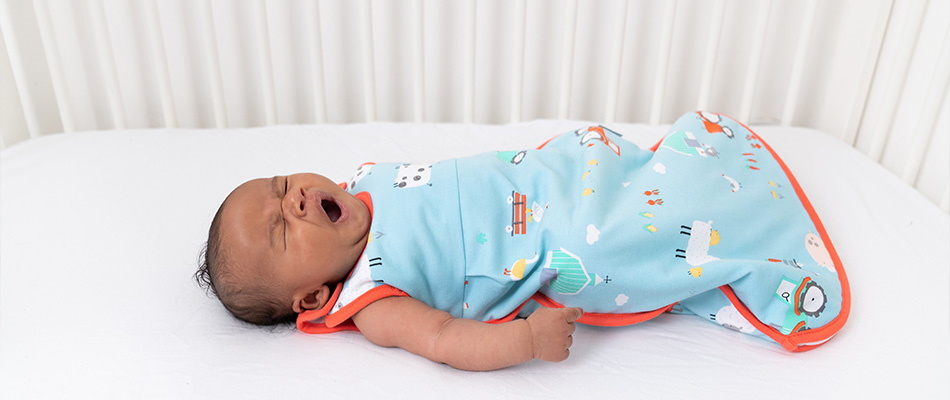As a new parent, ensuring the well-being and safety of your baby is at the forefront of your mind. One crucial aspect of their health is maintaining a stable body temperature and this can be a real worry for new mums and dads. Here we will explore what you can do to help your baby and learn when they can regulate their body temperature themselves.
Why Can't Babies Regulate their Body Temperature?
Babies are born with an immature thermoregulatory system - this is the internal system responsible for maintaining a steady internal body temperature. In those early months, newborn babies rely heavily on clothing and environmental conditions to maintain a comfortable body temperature as they can't do it themselves. The insulating layer of fat, the so-called baby fat, makes regulating body temperature even more difficult. Hypothermia can occur because your child has a large body surface area in relation to their body weight, through which heat can escape with the head being particularly susceptible. If your baby should kick free of their blanket or covers during sleep, their metabolism cannot react to this, since it shuts down in deep sleep.
When Can Babies Regulate Their Body Temperature?
The ability to regulate their body temperature gradually improves as they grow and develop. Typically, by the age of six months, most babies start to develop a more effective thermoregulatory system. Their bodies become better equipped to adjust to temperature variations and maintain a consistent internal temperature. However, it is important to note that every child is unique so it's crucial to monitor your baby's cues and adjust accordingly.
Between 9-12 months, your baby should be able to fully adapt their body temperature to the external conditions.
What you can do to help your baby to regulate their body temperature.
Until they reach this milestone, your baby is heavily dependent on your support to feel comfortable in everyday life. You can for example make sure to create a comfortable room temperature for your little one. A comfortable room temperature is around 24° C during the day, as long as they are warmly dressed. You can reduce your baby's temperature and clothing in small steps over the course of the first few months.
When you put your child to sleep, you should ventilate the room well beforehand and reduce the temperature to 18-20° C. Make sure to wrap your baby up well. A baby sleeping bag is particularly suitable for this as your baby cannot kick it away like a blanket and therefore cannot cool down. If you are concerned about how to dress your child or what Tog sleeping bag to use, do take a look at our Tog Guide.
You should also make sure to keep your baby warm after bathing. The temperature difference is otherwise very extreme for their body, which weakens their immune system.
The right clothing also helps ensure that your child feels comfortable in different temperatures. At normal room temperatures you can put a bodysuit under their top and socks on their little feet. In general, it makes sense if you dress your baby in several thin layers rather than one thick layer. When it’s cold, these insulate better than a single jacket, for example, and when it’s warm, layers can be removed quickly and easily.
The Significance of Baby Sleeping Bags
Baby sleeping bags, also known as wearable blankets or sleep sacks, help to regulate baby's body temperature. They are specially designed to provide a safe and comfortable sleeping environment for your little one. Here are some reasons why baby sleeping bags are so important:
Optimal warmth: Baby sleeping bags are made from breathable materials, providing just the right amount of warmth to keep your baby cosy without overheating. They eliminate the need for loose blankets, which can pose a suffocation risk during sleep.
Promote safe sleep: By using a baby sleeping bag, you ensure that your child's head and face remain uncovered during sleep, reducing the risk of suffocation. The snug fit of the sleeping bag also prevents excessive movement and helps maintain a consistent body temperature throughout the night.
Ease of use: Baby sleeping bags are designed for convenience. They feature zips and press studs, making nappy changes hassle-free without fully disturbing your baby's sleep. Additionally, their wearable nature ensures that the sleeping bag stays securely in place throughout the night.
Mobility and comfort: Unlike traditional blankets, baby sleeping bags enable freedom of movement. As your baby starts to roll, crawl, and eventually stand, a sleeping bag or sleeping bag with feet provides the flexibility they need to explore their environment while maintaining a consistent body temperature.
By keeping your baby cosy and regulating their body temperature you can ensure the overall well-being and safety of your little one.
Find more blogs like this in Safe and Healthy Sleep >>





